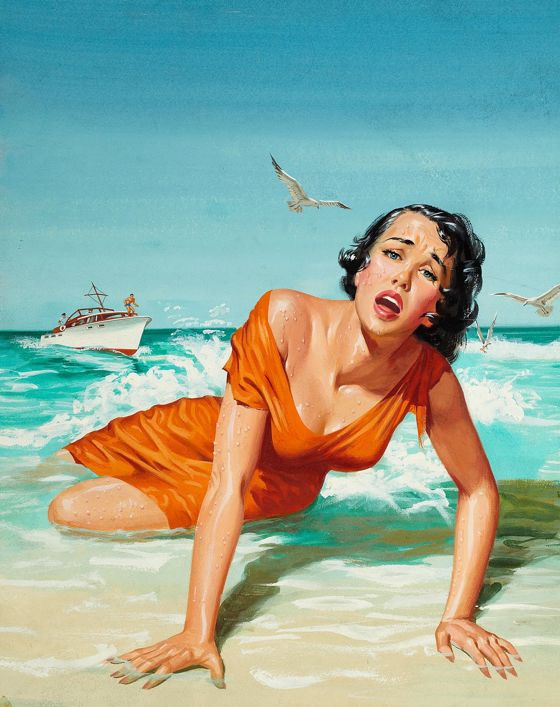
Escape from the Kodak Theater . . .


Escape from the Kodak Theater . . .
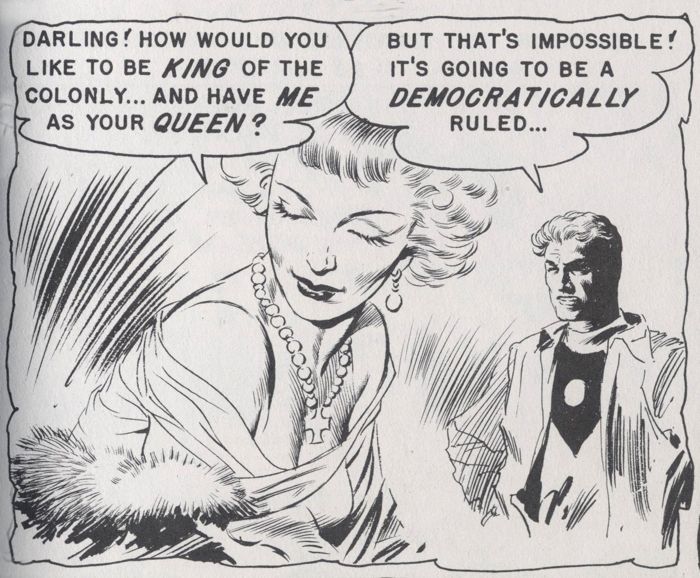
Men . . . with their silly quibbles!
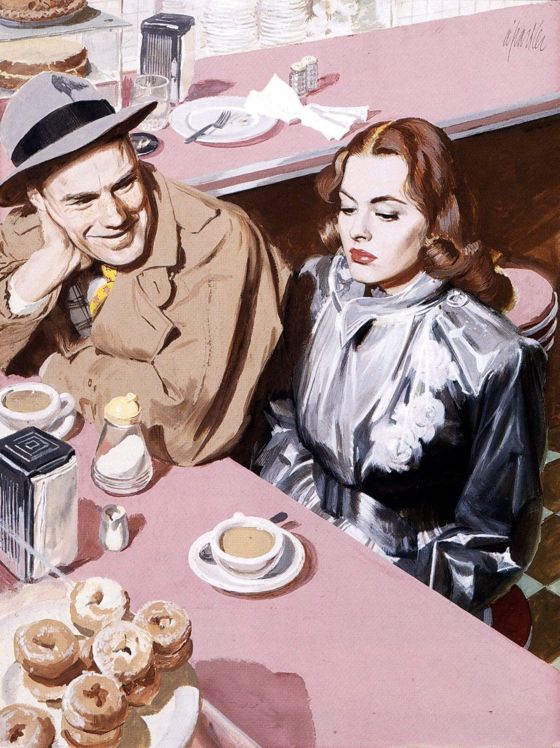
Raincoat
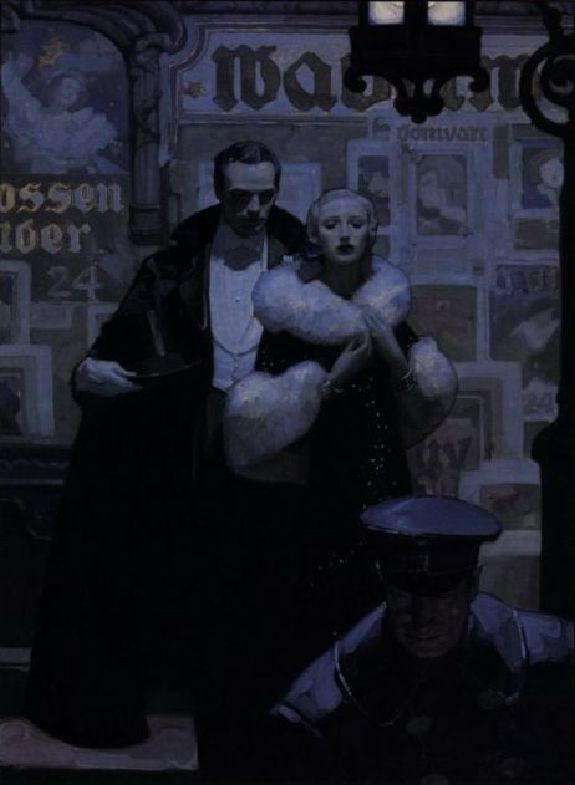
Elegant Couple, a lovely nighttime image, created as a story illustration.
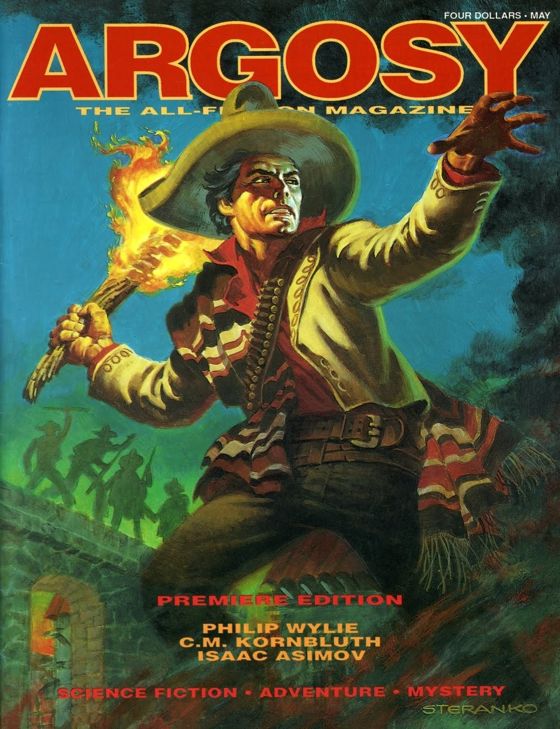
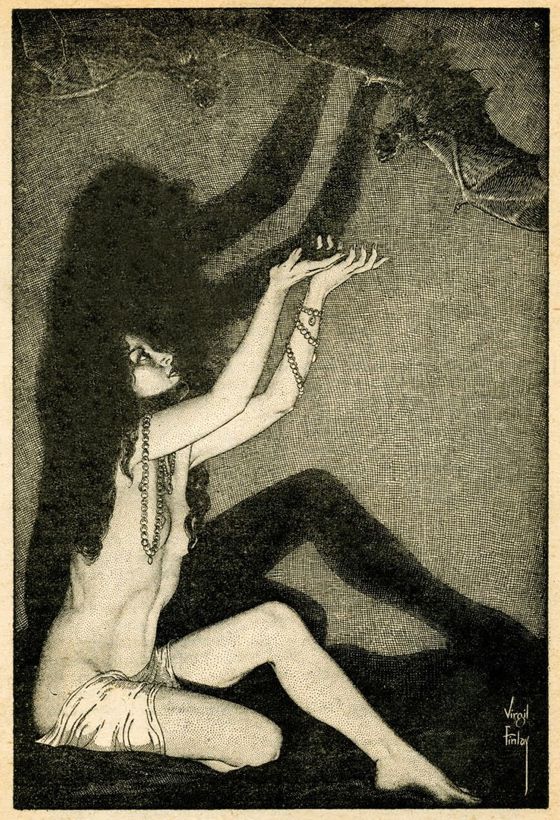
Illustration for a pulp magazine from 1952.
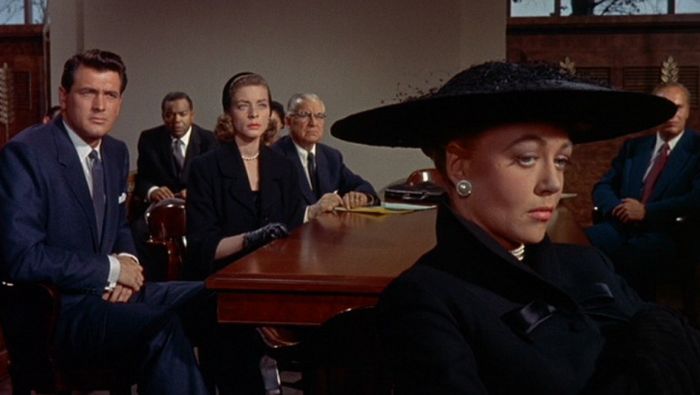
In Douglas Sirk’s movies the women think. I haven’t noticed that with
any other director. With any. Usually the women just react, do the
things women usually do, and here they actually think. That’s
something you’ve got to see. It’s wonderful to see a woman thinking.
That gives you hope. Honest.
— Rainer Werner Fassbinder
I think this is a profound insight. Most movies are made by men, and men are obsessively, if quite naturally, interested in what women think of them, and of other men. However sympathetic they may be to women, they are not much interested in what women think about other things than men, or in the thoughts of women which cannot be influenced by male behavior.
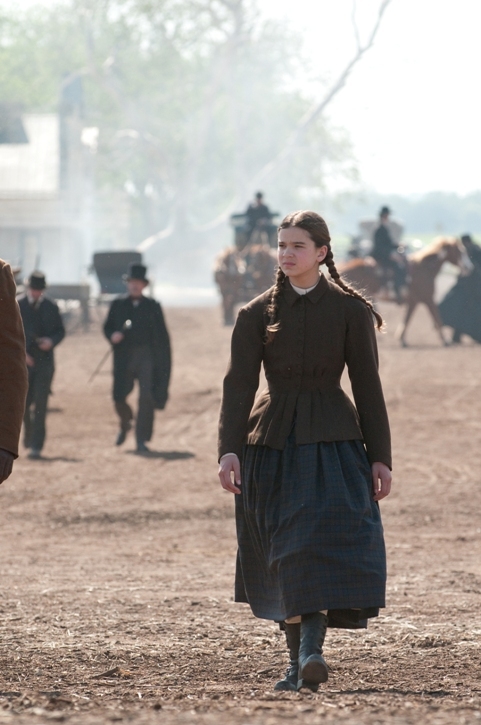
I am trying to think of exceptions to Fassbinder’s rule, and I can’t come up with much. I think we see Mattie Ross in the Coen brothers’s version of True Grit thinking.
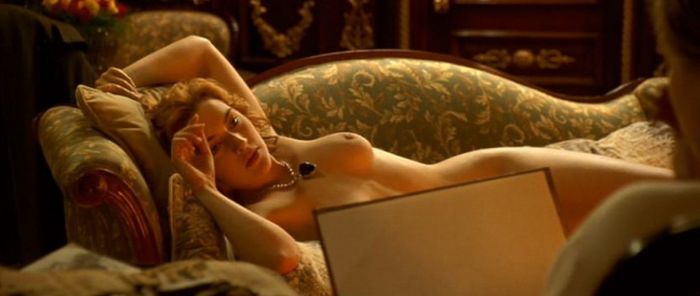
I think we see the old and the young Rose in Titanic thinking.
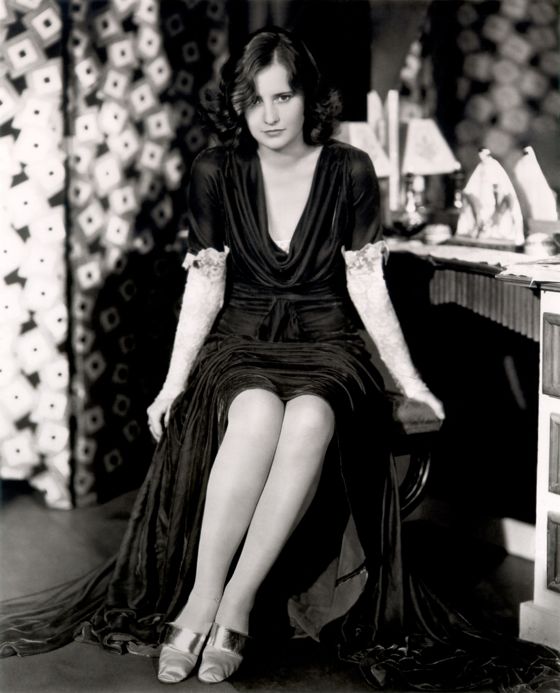
I think we see Barbara Stanwyck thinking in almost every role she ever played, regardless of the lines she was reading and regardless of who was directing her.
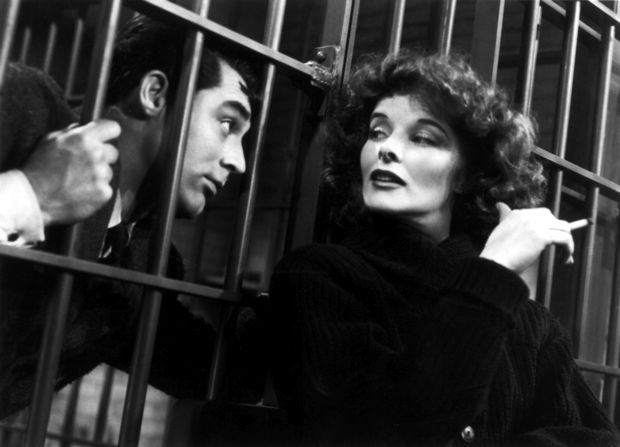
Some other icons of female independence, like Katherine Hepburn, always seem to be reacting to men on some level, saying, in effect, “See how much I don’t need you?” — which of course is just a way of saying, “You’re going to have to come and get me.” This I think falls into the category of reacting, of doing the things women are expected to do.
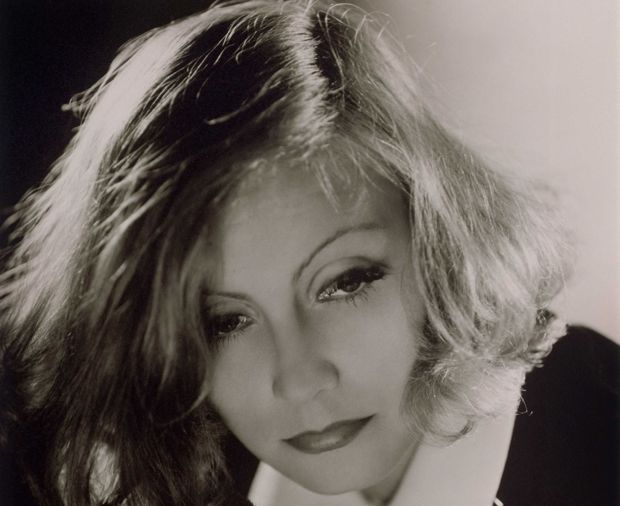
Greta Garbo is an anomaly. She rarely seems to be thinking anything, even in reaction to what men do, which allows us to project thoughts into her. I wouldn’t say that we ever see her thinking, but it’s possible to imagine that we do. In a way, this is the source of her whole mystique.
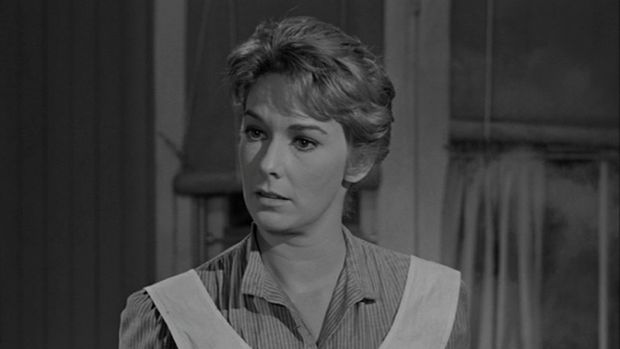
I think we can see Vera Miles thinking in The Man Who Shot Liberty Valence — we have to, really, because the whole truth of the film is located in her thoughts, which are never verbalized.
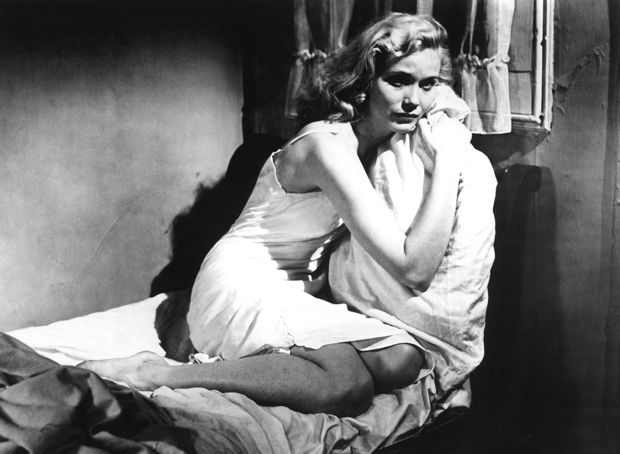
In odd moments here and there, in films which are dominated by a male viewpoint, we can see women thinking — in On the Waterfront, for example, we can see Eva Marie Saint thinking occasionally.
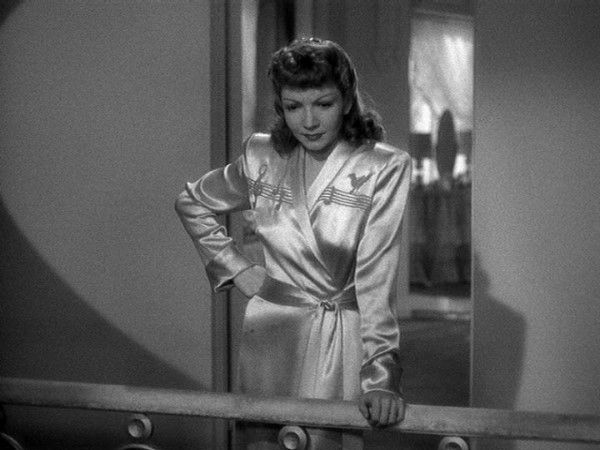
In The Palm Beach Story, Preston Sturges sometimes lets us see Claudette Colbert thinking.
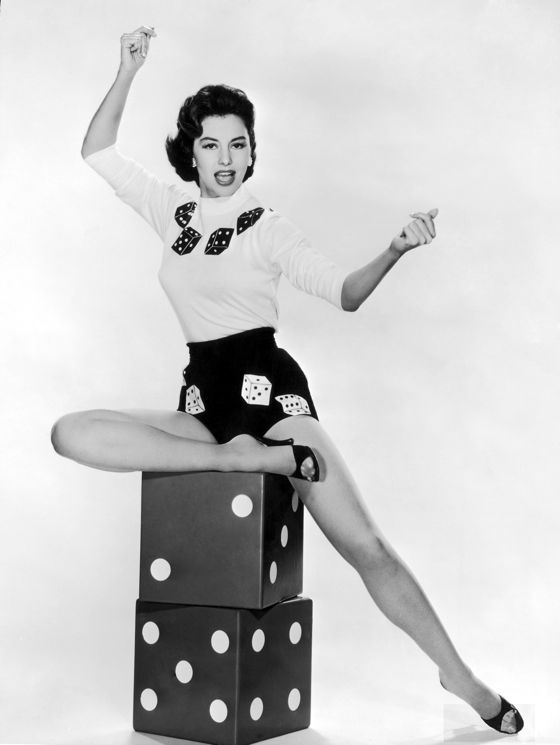
It’s in musicals, curiously, in song and dance numbers, that we can most often see women thinking — Judy Garland, Eleanor Powell, Ginger Rogers, Cyd Charisse. Powell and Charisse in particular never seem overly concerned with manipulating or reacting to what men think of their sexuality — they seem to be enjoying it for its own sake, thinking about it in their own terms.
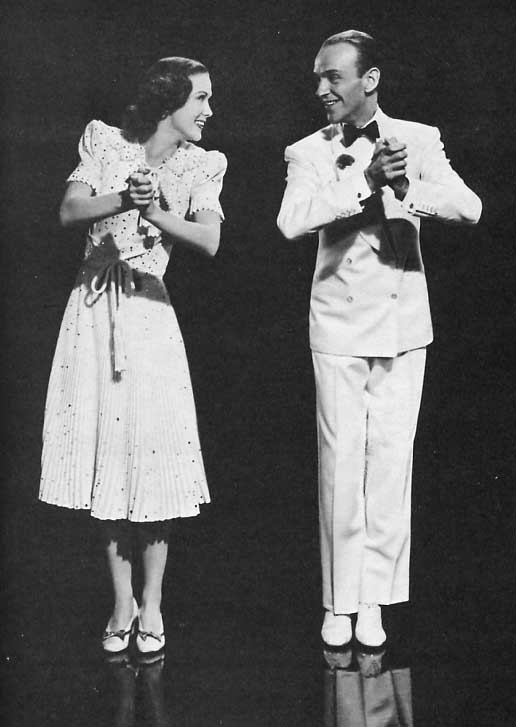
That’s about it.
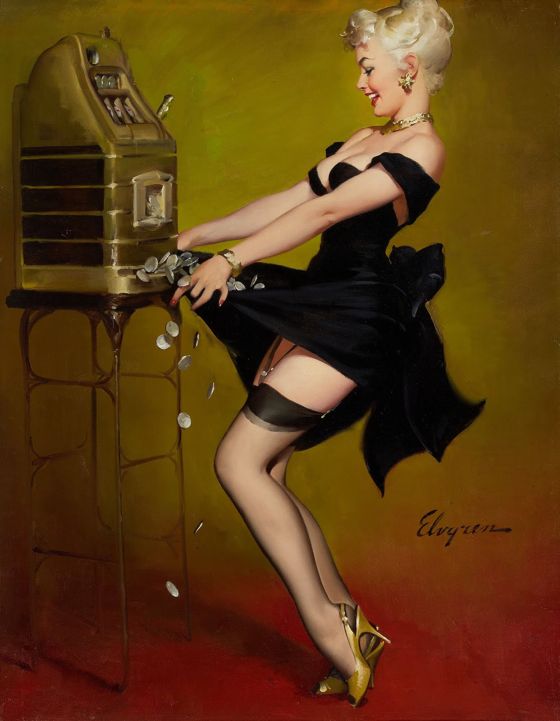
Ah, Las Vegas — where the fun never stops . . .
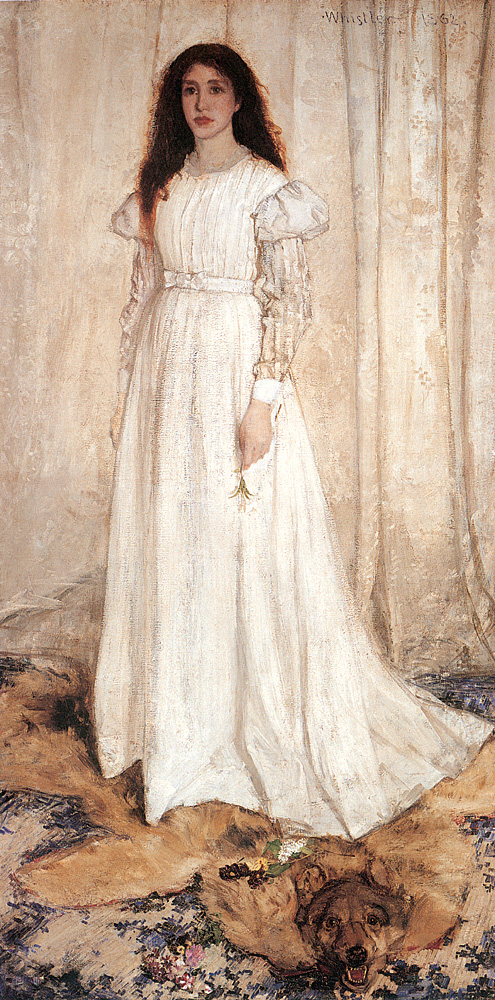
Symphony In White No. 1
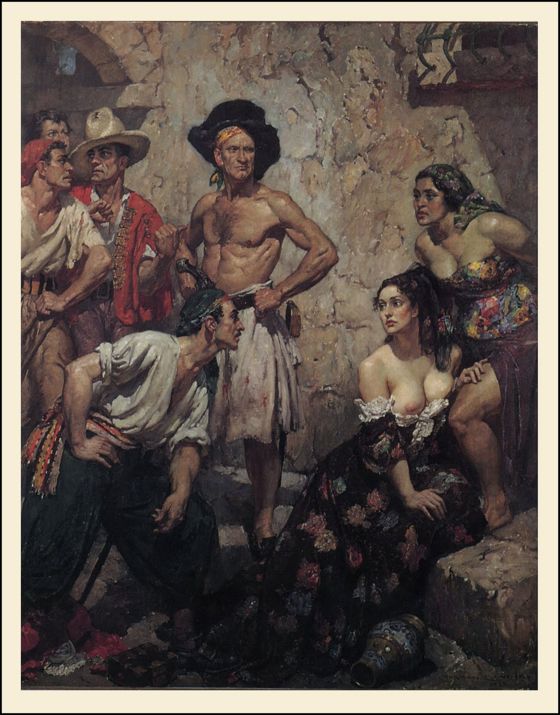
Norman Lindsay was a prolific Australian author and artist who worked in many media. He's known today mainly for his delightfully erotic line drawings featuring full-figured female nudes. Michael Powell's last film was an adaptation of Lindsay's novel The Age Of Consent, and a film about Lindsay's life, Sirens, was released in 1994.
The image above, from 1938, introduces a frankly erotic element into the foursquare narrative style of N. C. Wyeth's illustrations — a slightly startling combination.
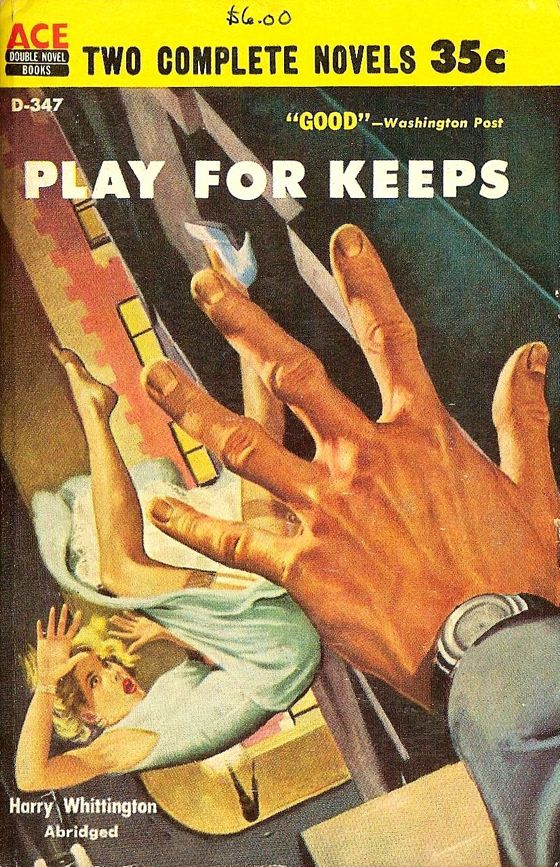
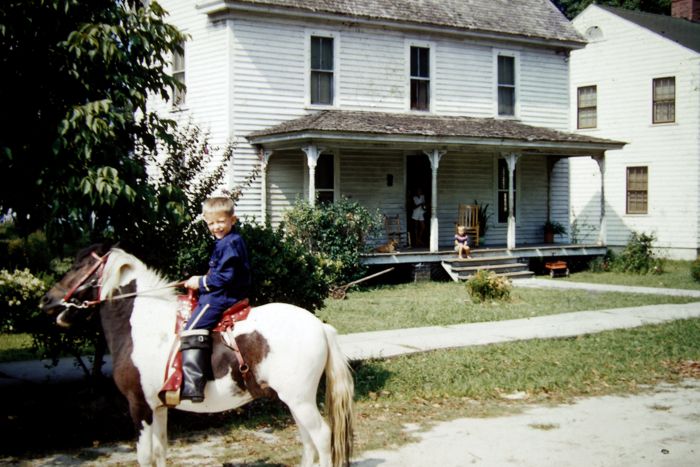
My sister Libba recently discovered the photograph of me above, taken when I was six or seven. I remember that pony very well — it belonged to my friend Axel, whose
dad owned The River Forest Manor, an inn and sporting lodge in Belhaven, , North Carolina, the tiny town where my family was living at the time. Axel liked to offer rides to
friends, then poke the pony in the side with a sharp instrument and
roar with laughter as the pony went crazy and bucked them off. I don’t remember
having any adult supervision when we rode the pony — such was life for kids in the Fifties, at least in a rustic backwater like Belhaven.

Belhaven is located on the Pungo River, an arm of Pamlico Sound. That’s the inn above, the only elegant edifice for miles around, which often hosted fishermen and hunters — the area, watery and swampy, is a famous duck hunting region.
I remember even better the rubber wading boots I’m wearing in the photo. Life was never the same after I got them for Christmas one year. They were a special request. I wanted them so I
could penetrate deeper into swampy places in search of turtles. Capturing turtles was my obsession in those years — especially snapping turtles, because they could get to be so big.

Friends of mine would run halfway across town to report a snapping turtle sighting, because they knew how excited I’d get about it, and I would run twice as fast to where they’d seen it to try and grab it before it wandered off somewhere else. Big snapping turtles are dangerous — they can easily snap off the tip of a little kid’s finger — but I don’t recall ever worrying about this, or my parents ever trying to dissuade me from the activity. If a turtle I was after slid off a creek bank or a log and disappeared into murky water I’d try to estimate its submarine trajectory and reach down into the water with my bare hands to seize it.

Desire banished fear — because having a big snapping turtle was like having your own miniature dinosaur. Handling the creatures one you get hold of them is safe enough if you take a little care — grasping a snapping turtle by both sides of the shell precisely in the middle render its jaws and claws harmless. You just have to be quick about it. I adopted a professional attitude about the whole enterprise — hence the wading boots.
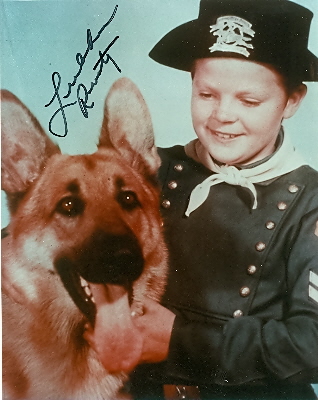
In the picture I’m wearing a cavalry uniform, which I didn’t remember at first, but then I realized it must have been a “Rusty” outfit from the TV show The Adventures Of Rin Tin Tin. Sure enough I located a photograph of the costume on eBay.
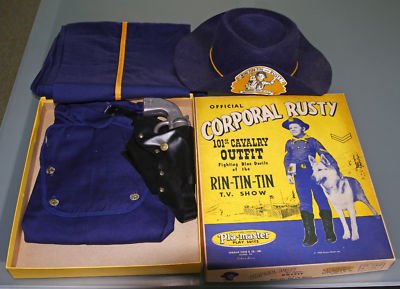
All the evidence would seem to suggest that the photograph was taken at Christmas, in 1956 or 1957. Axel had probably just ridden the pony, a Christmas gift of his own I guess, over to my house to show it off to me.
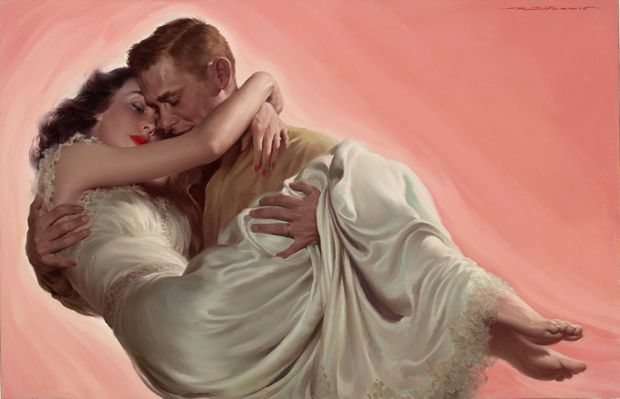
Woman's Home Companion, 1953
[Via ILLUSTRATEURS]